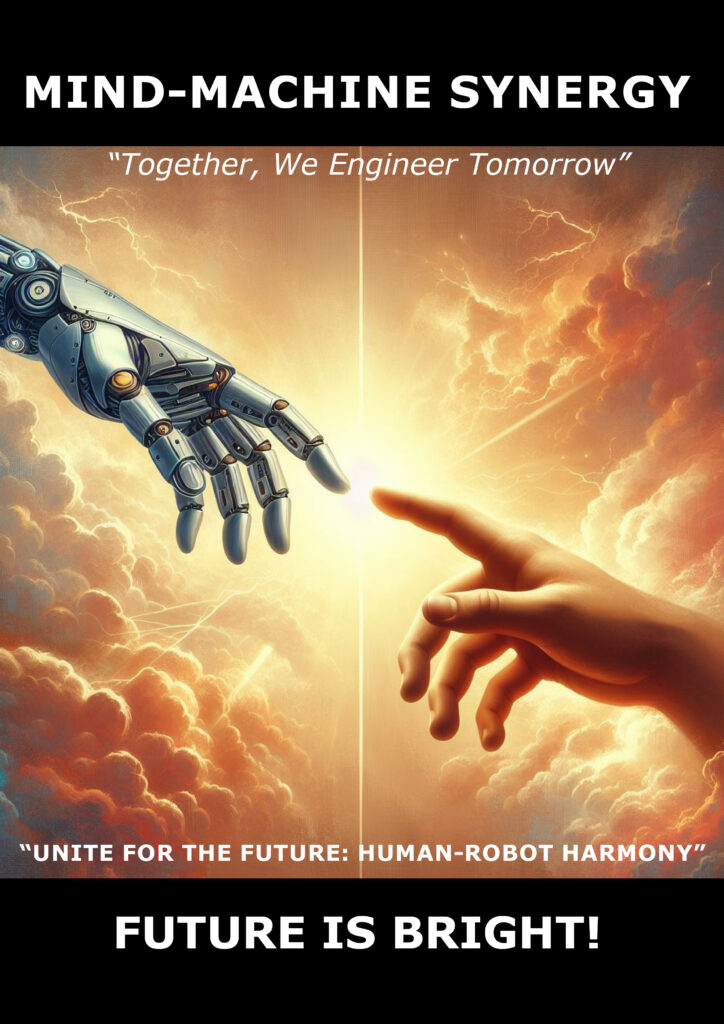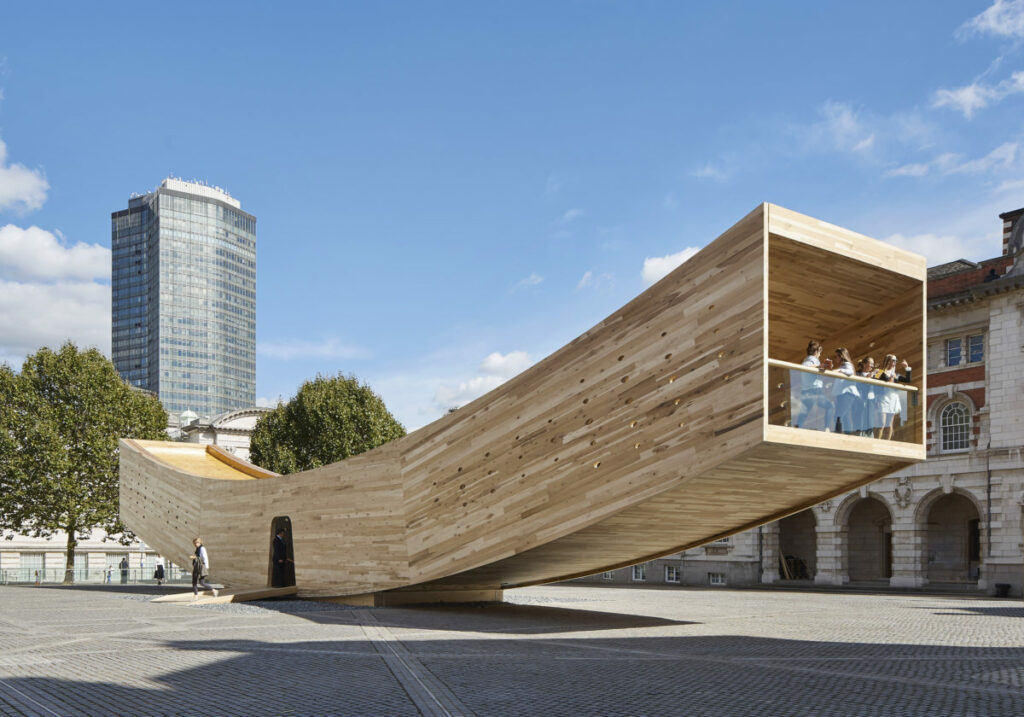
The Context
Driving Innovation in Architecture: Key Concepts from Tom Svilans Research
In the dynamic landscape of architectural design, the integration of material research, hands-on prototyping, and computational design stands as a cornerstone for driving innovation. This discussion delves into the key concepts derived from Tom Svilans research, alongside three state of the art projects that show these concepts. Through a synthesis of theory and practice, this exploration underscores the transformative potential of material innovation in shaping the future of architecture.
Tom Svilans research underscores the importance of material exploration as a catalyst for innovation in architectural design. By delving into the unique properties and behaviors of timber, Svilans seeks to unlock its full potential through hands-on prototyping and experimentation. This concept emphasizes the significance of understanding materials at a fundamental level, allowing architects to optimize their use and push the boundaries of traditional construction methods.
Integrating computational design and digital fabrication techniques enables architects to explore complex geometries and streamline the design-to-fabrication process. Svilans leverages coding and parametric modeling to generate intricate designs that are optimized for timber fabrication. This concept highlights the role of digital tools in empowering architects to realize innovative and efficient architectural solutions, bridging the gap between design intent and material realization.
Collaborations with industry partners enrich architectural practice by providing insights into real-world applications and advancing technological advancements. Svilans engagement with industry professionals facilitates knowledge exchange and informs his research with practical insights. This concept emphasizes the importance of interdisciplinary collaboration in driving material innovation and fostering a holistic approach to architectural design.
State-of-the-Art Projects:
The Smile Pavilion by Alison Brooks Architects:
The Smile Pavilion exemplifies the integration of material exploration and optimization in architectural design. Through meticulous research and prototyping, the design team maximizes the potential of cross-laminated timber (CLT) to create a large-scale, curved structure. This project showcases the transformative power of timber as a sustainable and versatile building material, pushing the boundaries of traditional construction methods.

The Elytra Filament Pavilion by Achim Menges:
The Elytra Filament Pavilion explores the intersection of computational design, digital fabrication, and material innovation. Inspired by natural structures, the pavilion features a highly articulated canopy composed of individually fabricated fiber composite components. This project demonstrates the potential of robotic fabrication techniques to create lightweight and adaptive structures, blurring the lines between architecture and biology.

The Tower of Cedars by SOMA Architects:
The Tower of Cedars reimagines tall timber construction through prefabrication and modularization. By optimizing the structural performance of timber components, the design team achieves a dynamic and sculptural form that showcases the efficiency and sustainability of timber as a building material. This project highlights the potential of prefabrication techniques to revolutionize the construction industry and promote the use of renewable materials.
Conclusion of the study:
In conclusion, the synthesis of key concepts from Tom Svilans’ research with state-of-the-art projects underscores the transformative potential of material innovation in architectural design. By emphasizing material exploration, computational design, and industry collaboration, architects can push the boundaries of what is achievable in architecture and pave the way for a more sustainable and resilient built environment. As exemplified by these projects, the integration of theory and practice holds the key to unlocking new possibilities and driving innovation in architectural design.
The Inference
In this very dynamic realm of robotics innovation, we realize the fusion of material exploration, computational design, and hands-on prototyping as the cornerstone for driving transformative progress. Inspired by the principles derived from Tom Svilans’ research, alongside pioneering projects at the forefront of architectural design, we embark on a mission to revolutionize the robotics landscape. Our manifesto is a testament to our commitment to pushing the boundaries of innovation and shaping the future of robotics through a synthesis of theory and practice.
Manifesto for Human-Robot Collaboration
One: The Shared Narrative
For decades, the narrative of human and robotic interaction has been one of mutual growth and shared learning. We believe in a future where traditional industries and robotics technology coexist and thrive together, each enhancing the other’s potential. Our startup is at the forefront of this harmonious integration, aiming to bridge the gap between human creativity and robotic efficiency.
Two: Principles and Proclamations
In light of our vision for a collaborative future, we put forth the following principles and proclamations:
- Coexistence and Collaboration: We advocate for a world where robotics technology and human ingenuity coexist and collaborate, each amplifying the other’s strengths.
- Democratization of Technology: We believe that access to robotics technology should be universal, enabling individuals and communities from all walks of life to contribute to and benefit from the robotics revolution.
- Accountability and Transparency: We call for transparency in the development and deployment of robotics technology, ensuring that it is used responsibly and ethically.
- Respect for Autonomy: We uphold the right of individuals and communities to shape their technological futures, free from external interference or coercion.
Three: Collaborative Call to Action
Our journey towards a harmonious future is not a solitary one. It is a shared endeavor, a partnership between humans and robots. We invite you to join us in this exciting venture, to embrace the spirit of collaboration and mutual growth.
Now is the time for action! Let us come together, fellow innovators, in our quest for a future where humans and robots work side by side. Together, we can break down the barriers of the past and build a world where technology serves as a tool for empowerment and positive change.
Conclusion
In conclusion, this manifesto is a call to all who believe in the power of collaboration and shared progress. Let us seize this moment, embrace our role as pioneers, and shape a future filled with endless possibilities. The time for collaboration is now!

